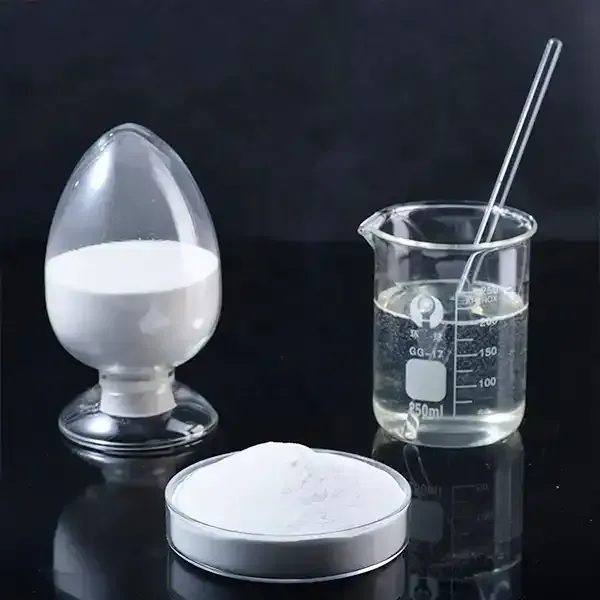Exploring Cellulose Ethers Versatile Polymers in Modern Applications
Cellulose ethers are a class of cellulose derivatives formed by the reaction of cellulose with various etherifying agents. This transformation imparts unique properties to cellulose, allowing it to be utilized in a wide range of applications across numerous industries. Due to their remarkable versatility, cellulose ethers have become essential in sectors such as food, pharmaceuticals, cosmetics, and construction.
One of the most significant characteristics of cellulose ethers is their ability to modify the viscosity and texture of solutions. This property makes them invaluable in the food industry, where they are used as thickeners, stabilizers, and emulsifiers. For example, hydroxypropyl methylcellulose (HPMC) and carboxymethylcellulose (CMC) are commonly added to diverse food products, from dressings to ice creams, to improve consistency and prevent separation. Moreover, their ability to retain moisture enhances food quality and extends shelf life, catering to the modern consumer’s demand for freshness.
In the pharmaceutical sector, cellulose ethers serve as crucial excipients in drug formulation. Their capacity to control the release of active ingredients makes them ideal for creating sustained-release formulations. For instance, HPMC is widely employed in tablet coatings and as a binder in various dosage forms. The biocompatibility and non-toxic nature of cellulose ethers further bolster their use in medicinal applications, ensuring that they do not adversely affect patient health.
cellulose ethers

The cosmetic industry also benefits from cellulose ethers, where they are incorporated into products like shampoos, conditioners, and skin creams. Their excellent film-forming properties enhance the texture and spreadability of these products, providing a desirable sensory experience for users. Additionally, cellulose ethers can be used as thickening agents in gels and lotions, improving the stability and performance of cosmetic formulations.
In the construction industry, cellulose ethers play a vital role in the formulation of cement-based materials. Hydroxyethyl cellulose (HEC) and other cellulose ethers act as water-retaining agents, allowing for extended workability and improved adhesion of materials such as plaster and mortar. These properties are essential for ensuring that construction projects are executed smoothly and effectively, particularly in demanding environmental conditions.
Environmentally, the sustainability of cellulose ethers is noteworthy. Derived from natural cellulose, a renewable resource, they align well with the ongoing shift towards eco-friendly materials. Moreover, the biodegradability of cellulose ethers reduces their environmental impact, making them a favorable alternative to synthetic polymers in various applications.
In conclusion, cellulose ethers are multifunctional polymers that stand at the intersection of innovation and practicality. Their ability to enhance texture, stability, and performance makes them indispensable in food, pharmaceuticals, cosmetics, and construction. As industries continue to prioritize sustainability and consumer health, the demand for cellulose ethers is likely to grow, highlighting their importance in the modern world. Moving forward, ongoing research and development will further unveil their potential, paving the way for new applications and improved formulations that cater to evolving market needs.




